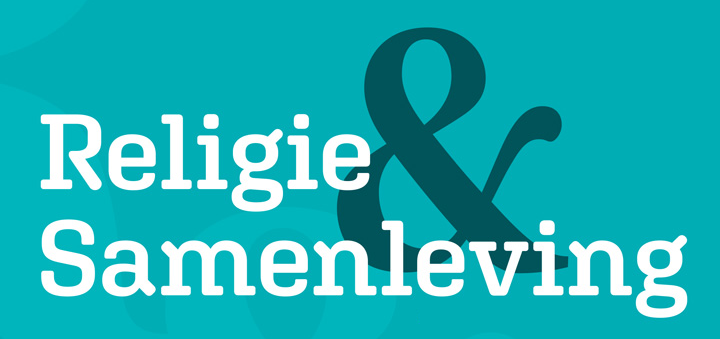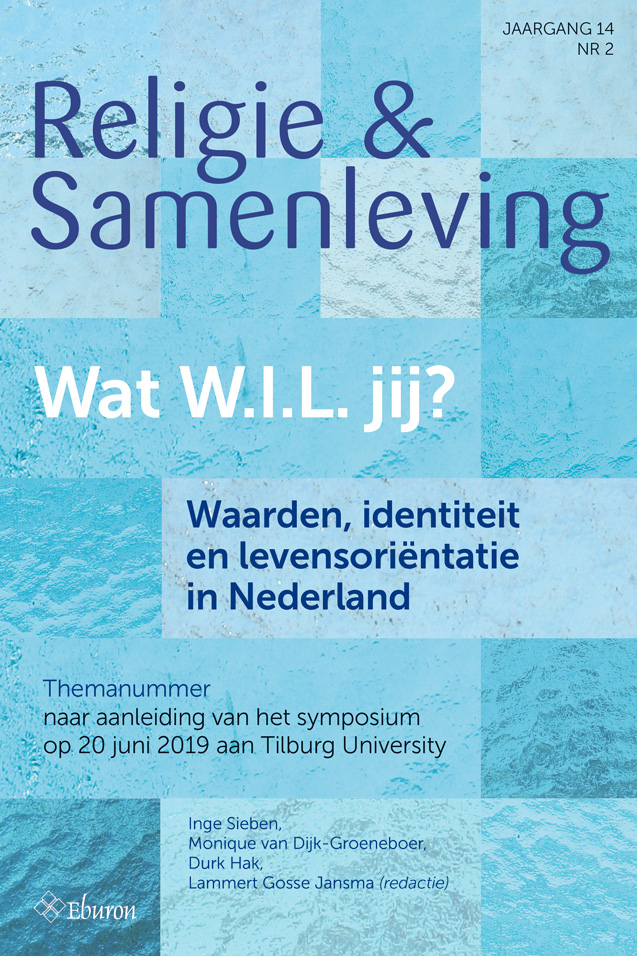Europese waarden in de les godsdienst/levensbeschouwing
Een verkenning van de mogelijkheid het materiaal van het European Values Education project in te zetten in het vak godsdienst/levensbeschouwing
DOI:
https://doi.org/10.54195/RS.11581Samenvatting
European students and teachers both seem to lack a precise knowledge of European Values. The European Value Education (EVE)-project therefore developed educational materials that would help secondary teachers to discuss these values in schools. These materials were made available for free online. They were developed in such a manner that would allow teachers to apply them directly in their own classes. The EVE-project envisioned the materials to be also used by teachers of religious education (RE), since the materials discuss topics that are traditionally addressed in RE-classes. However, no RE-teachers were involved in the EVE-project. Recently, value education, especially in the context of citizenship education, has received more attention in the Dutch curriculum as a whole and the RE-curriculum in particular. The EVE-materials could help teachers in secondary education to study values together with their students. This paper analyses the didactic activities and sources provided by the EVE-project in order to ascertain their usefulness for Dutch teachers of RE. It analyses the ways the materials support their goals and the way they approach the topic of religion in order to provide some guidepost on how to use them in the Dutch RE-classroom.




